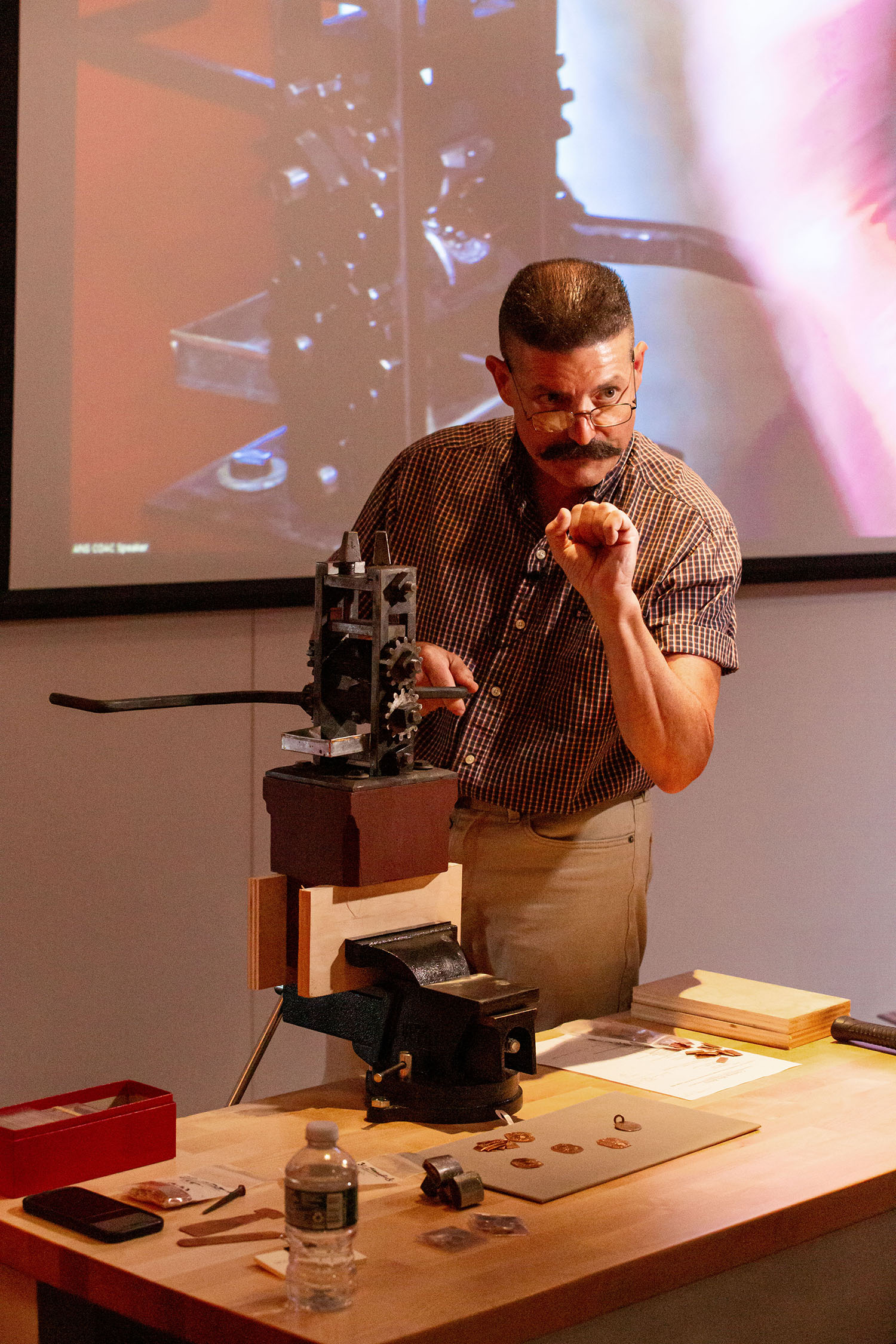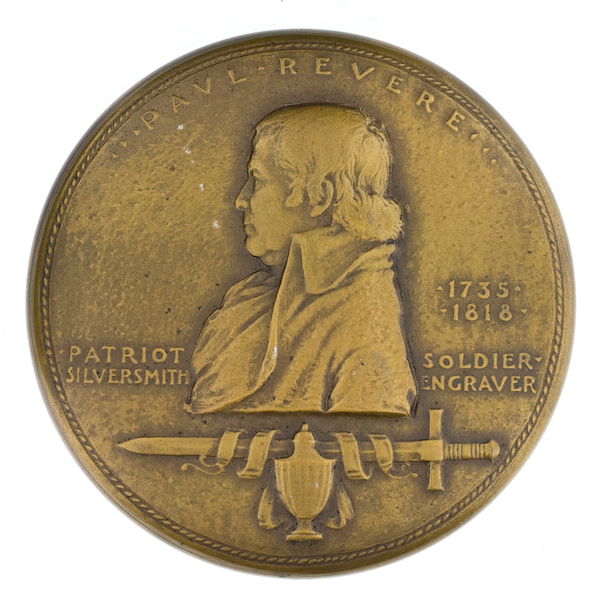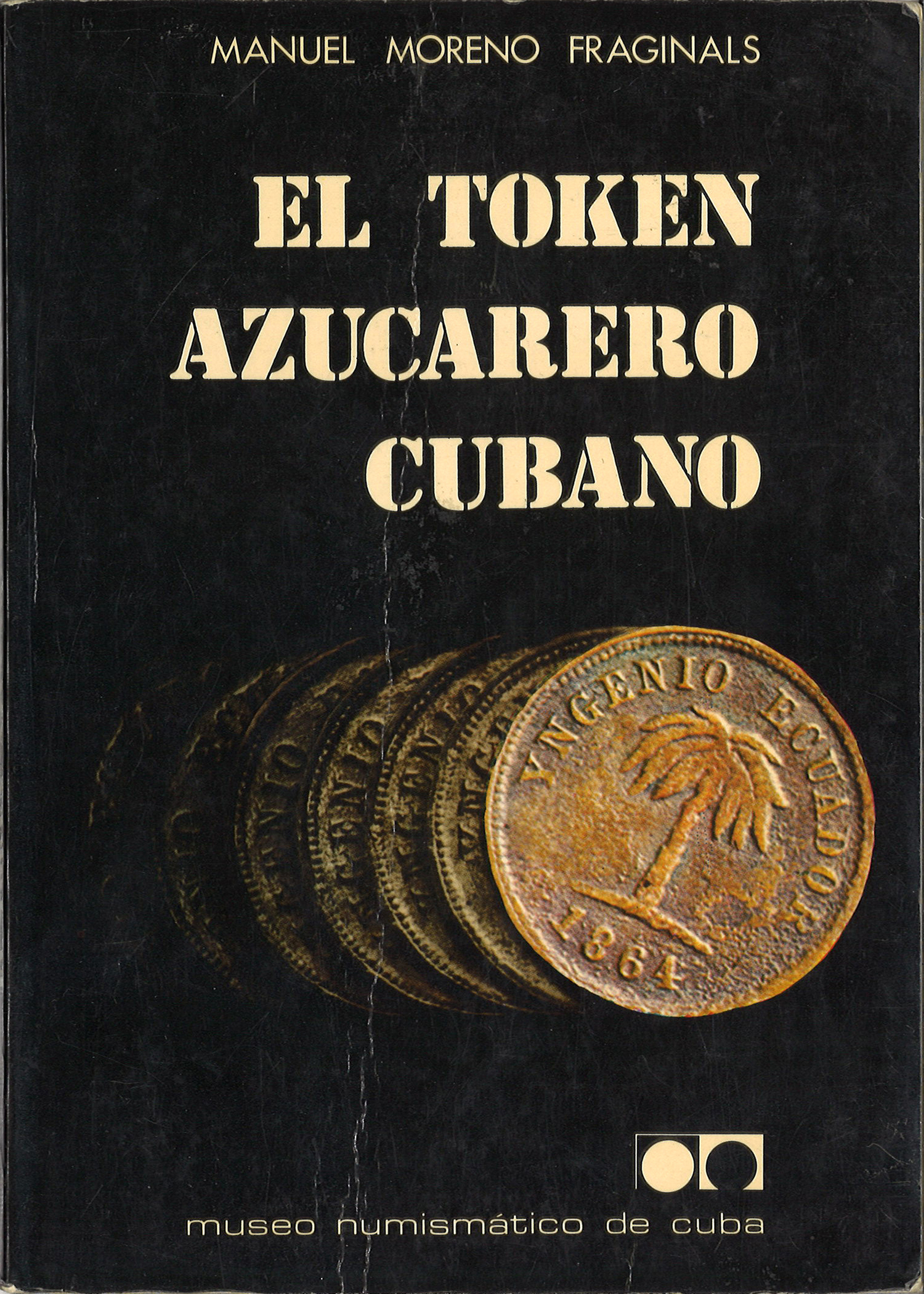Mysteries from the Vault: Models Medalet
With close to a million objects in the American Numismatic Society’s collections, the curatorial team occasionally comes across items that are mysteries to us. This series will feature some of these objects in the hopes that the collective wisdom of our readers can help us to identify and learn more about them.
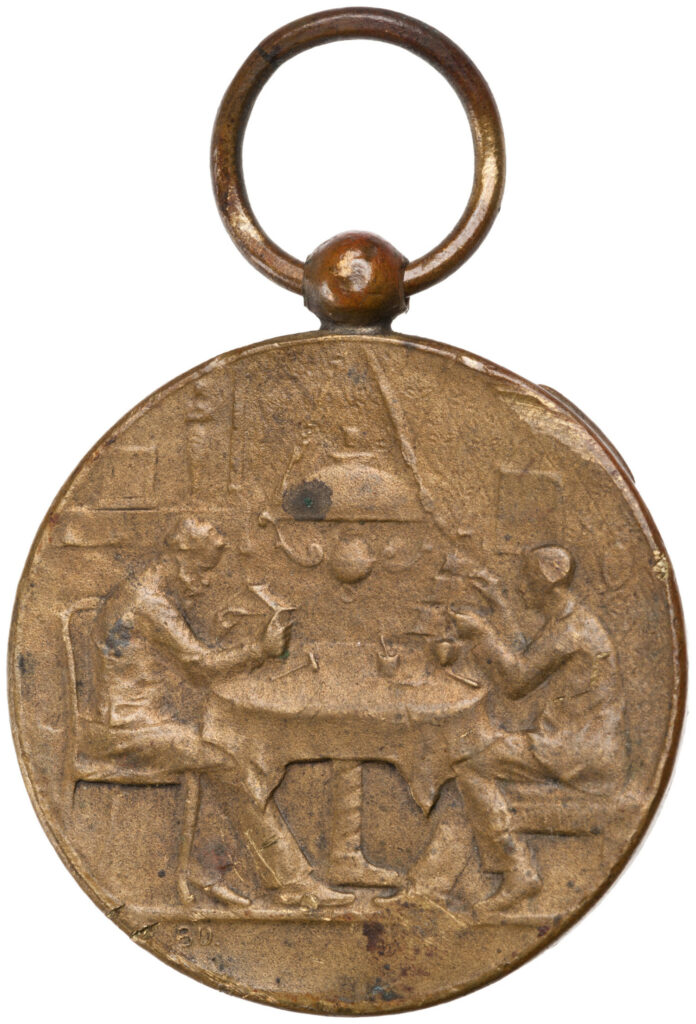
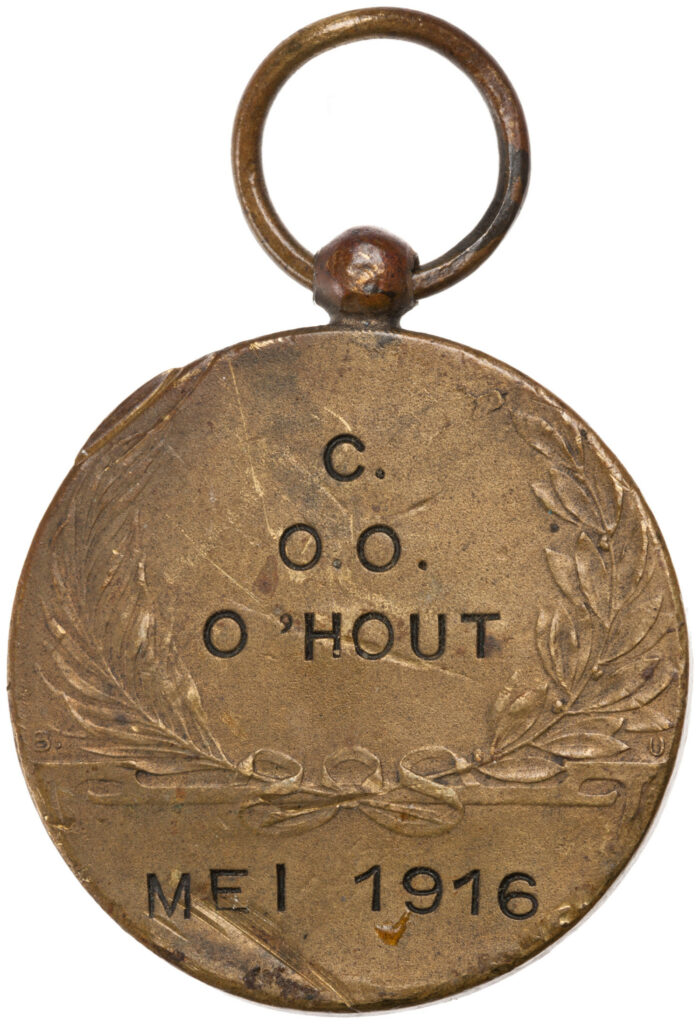
This bronze medalet appears to be a membership or attendance medal for some unknown society. It is not exactly clear to us what activity the gentlemen on the obverse are engaged in, but they appear to be building a model house and a model ship. The number 80 is faintly visible in the exergue. It measures 25.5 mm in diameter and the reverse has the legend: C. / O. O. / O’ HOUT / MEI 1916
Have an idea about what this might be? Let us know in the comments or send us an email.
Mystery Solved! Thanks to Henk Groenendijk who commented below and offered the following history of the medalet:
In the exergue there are the letters B.U. which stands for Begeer Utrecht. Begeer (1880-1919) were a well-known firm in the city of Utrecht in the Netherlands who made many types of medals. The medal concerned is one of their stock medals, made in different sizes and metals for awards. This particular medal is an award for homecrafts (Huisvlijt in Dutch). The reverse of the medal has space for an engraved or, in this case, a stamped inscription.
O’HOUT is an abbreviation of Oosterhout, a city located in the province of North Brabant, in the south of the Netherlands. The date is May (MEI) 1916, which is in the period of the first World War. Although the Netherlands stayed neutral during this war, the army was mobilized. Near Oosterhout there were army barracks. These were visited by the Queen on May 17, 1916. This visit is described in a newspaper for the army (Soldatenkrant, orgaan voor leger en vloot) of May 28, 1916.
The Queen also visited an “huisvlijt tentoonstelling”, an exhibition of objects made by the soldiers in their free time. This exhibition was organized by the “Comité tot ontwikkeling en ontspanning der gemobiliseerde troepen” which can be translated as Committee for development and relaxation of mobilized troops. In the inscription this was abbreviated as: C.O.O. In the newspaper article it is not stated whether or not medals were given by the Queen. My assumption is they were given by the Comité.


